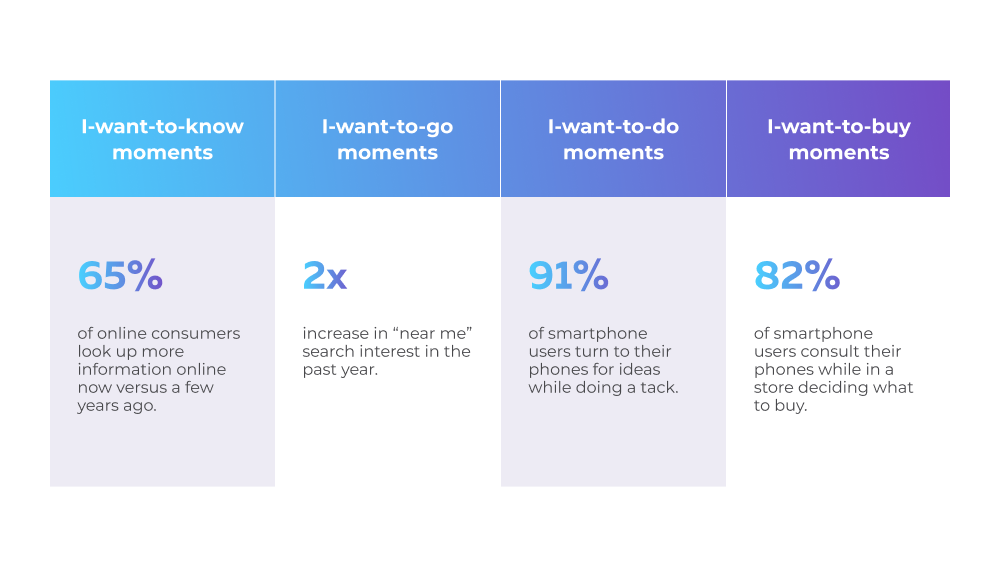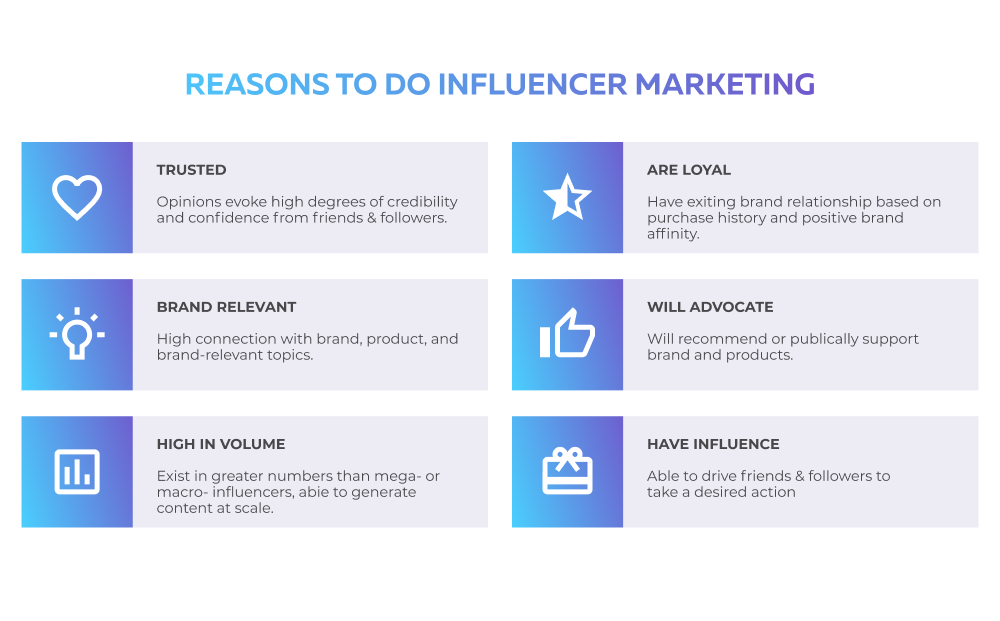2020 showed businesses that being adaptable to changes is the top surviving skill. While the COVID-19 pandemic knocked several industries down, it also boosted digital transformation. A long-term digital strategy for 2021 can help businesses to meet evolving customer needs and expectations. When everyone is online, the question is: “how to spend your marketing budget more efficiently?”
The Appservice team analyzed consumer behavior and took a broader look at marketing trends that will change the marketplace in 2021.
- Mobile functionality first.

Social distancing made it more common for consumers to shop, purchase, and interact with the business via mobile apps. Mobile online traffic share has already reached 76% worldwide. In the US only it makes up around 40%. Mobile app usage has increased to 20% in 2020 and is expected to increase even more. Google and Bing continually update their algorithms, making it essential for websites to be mobile-responsive. Customers would like to have a smooth mobile experience for their needs.
Helpful advice
Make sure that your business has a user-friendly mobile adaptive website or a mobile app. You can more accurately predict sales from pre-order options in your app. Loyalty rewards, product information, gamification elements, push notifications help a customer to purchase a wider range of products. Don’t forget that consumers use their phones to look up information about something they saw in commercials and when they look for a local business. Double check that your business is easy to find.
- Streaming platforms and live-videos
Live-videos and streams are now three times more popular than before. People like to feel engaged with players or people from videos. Twitch – live streaming gaming platform, claimed 65% share of hours viewed (3.1 billion), and 72% hours (121.4 million) streamed against game streaming rivals in Q1 2020. Broadcast presentations of new products or services can be done on Youtube, Instagram, and Facebook. About 73% of B2B businesses use live video to reach their target audience and report positive feedback. Livestream videos are an effective and inexpensive tool that can help you reach your audience, expand your brand, and drive more sales.
Helpful advice
Think of a strategy for your product’s presentation live promotion, prepare the newsletters and announcements. Warm-up your audience in advance by showing the teaser, and then during the stream, provide some giveaway elements to gain more interest. Rehearse your message – it should be clear and catchy. Offer tutorials and how-to videos to help your followers solve a problem in your industry. Interact with your audience as people are more likely to fall into emotional content and try new forms of performance.
- Influencer marketing

Social media use dramatically increased during the pandemic, and this trend will be lasting. 40% of people reported that they bought a product online after seeing it used by an Influencer on Instagram, Youtube, or Twitter. That happens because native advertising is subconsciously taken as a fact, not as a direct ad. Influencers know their audience well and speak the same language, so it’s easier to build trust in your brand. It’s even better to address micro-influencers, as they are more industry-related, and their audience is more niche and loyal.
Helpful advice
Study your industry influencers and think of a cooperation strategy. Build an in-depth portrait of your buying persona and find a platform where these people spend their time. Use automatic helping tools to find the influencers for your business:
Create a content plan for cooperation and maintain your brand awareness through their messages.
- Video marketing
Here is some statistics that shows why should you use video marketing:
- According to a YouTube report, the consumption of video content grows by 100% every year.
- 59% of company decision makers would rather watch a video than read an article or blog post.
- 64% of customers are more likely to buy a product online after watching a video about it.
- Adding a video to marketing emails can boost click-through rates by 200-300%.
Helpful advice
Video content is easy to memorize, it stands out in the newsfeed, and it’s far more viral than text. Make sure to keep your videos in line with your brand strategy. Double-check fonts, colors, logos, and voice. Don’t forget to put the link to your website while using video platforms. Add video to your website, landing pages, and commercial offers that will improve your company SEO value and click-through rates. Use videos to tell the brand story, to introduce a new product or service, to demonstrate full functionality, to invite people to online events, to show educational content.
- Audio marketing

While video content is the king for age groups of 18-35, audio content becomes popular among age groups of 30-49. Podcasting increased its popularity in the last two years, and now there are more than 1 mln podcasts on iTunes only. Voice search has never been so popular. Alexa, Google Home, and Siri can help you to find and order whenever you like. Your task is to think about the keywords for the search.
Helpful advice
Lifestyle on-the-go provides an opportunity for a brand to tell a story everywhere and at any time. You may either make a podcast of your own, inviting guest speakers or showing insights of your company, or search for podcasters in your industry and cooperate. Regular content provides a long way to keep people connected with your brand. Link the podcast to your blog or other social channels to increase the reach and participation of your community. Provide an opportunity to ask questions and leave comments, so you may have feedback and QA sessions after.
- Chatbots marketing
Chatbots allow you to have a conversation with your potential customer 24/7 without any additional resources. Customers prefer to communicate with a chatbot rather than with a live person because it provides answers quickly and saves the story of your messaging thus users save their time. Facebook, Instagram, and Twitter have already implemented chatbots of their own. Save your time and resources – add a chatbot to your website.
Helpful advice
Chatbots can be used for different purposes. They can lead a customer through your sales pipeline appointing the time for consultation, narrowing down customer service issues to a specific category, or answering the FAQ. Try to stand out from your competitors by the manner of chatbot communication, set your conversation trees accurately.
- SMM

Dynamic growth in social media presence introduced a huge number of opportunities for brands this year. Creative and original ways of communicating with your audience, either in B2C or in B2B segments, help your brand loyalty and awareness. Pandemic moved baby boomers online. According to the Hootsuite research 2020, 70% of internet users aged
55-64 say they’ve bought something online in the past month, and 37% are planning to continue doing so more frequently when it’s over. Now Instagram and Facebook allow you to shop online, introducing the shoppable posts. So if you still don’t have a social page for your business – stop missing that opportunity.
Helpful advice
Build connections with your customers via your social media. Communicate, fix main complaints, and help your customers to have a user-friendly journey with your business. Engage the audience to generate their own content via challenges and competitions. Bring back some of the fun in the buying process by using Instagram Live or Pinterest as virtual showrooms. Include baby boomers in your creatives without stereotypes. And don’t forget to track the data from your UTM marks to more productive work on your content.
Digital marketing is a new reality for 2021 that businesses should adapt to survive. Fortunately, several companies including Appservice have deep expertise and willing to help whether you’d like to develop a good-looking website or mobile app, implement a chatbot, connect the streaming platform, or any AdTech solutions.
Don’t hesitate to get in touch.


